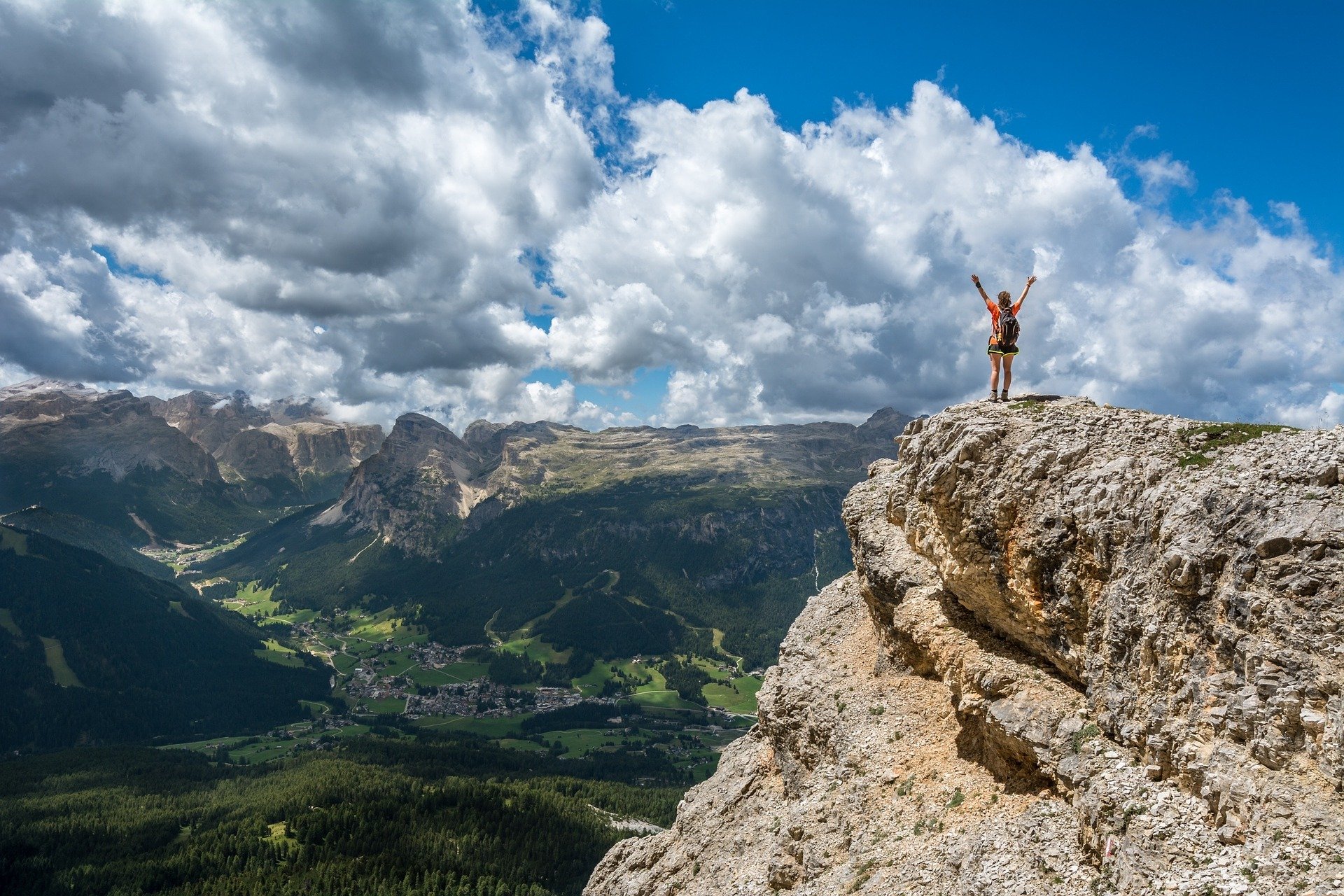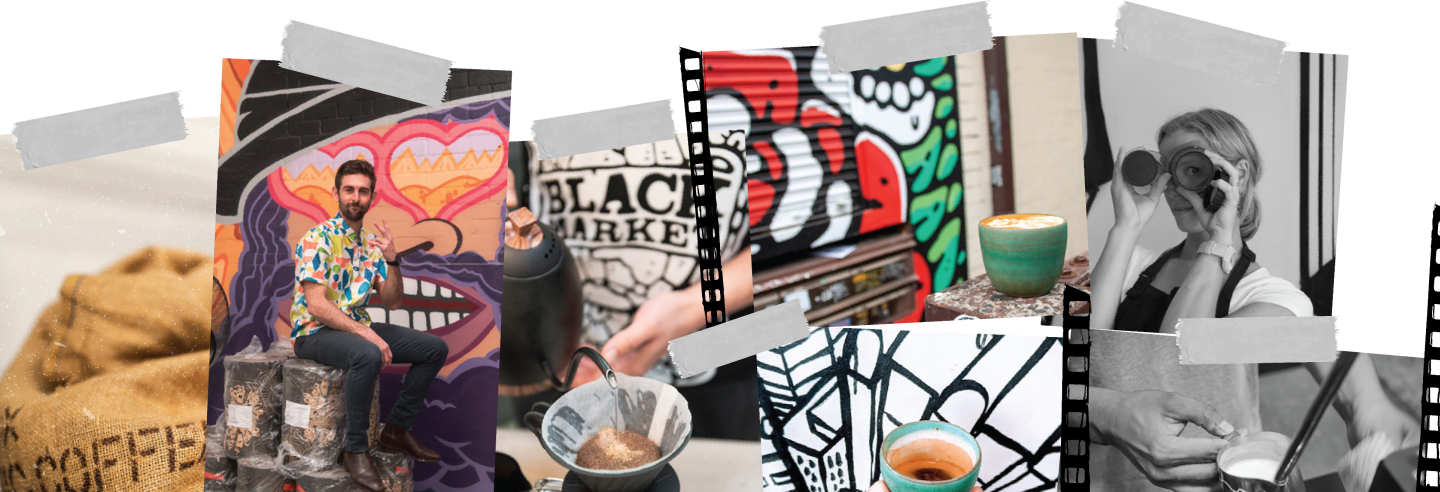
DO YOU HAVE AN ALTITUDE PROBLEM
I once had a customer who would come in, talk shop for an hour or so, tell me what coffee he’d been drinking lately, tell me about the best coffee he’d ever had (made it himself), would ask me if I had any beans available that were grown 2000 masl or higher, and would get me to make his filter using beans he brought himself if I hadn’t any.
I thought he was a real nincompoop.
Not to take away from his poopery, because he really was one, but coffee grown at a higher altitude does have a reputation for being more complex, brighter, and sweeter. Think of Ethiopian Yirgacheffe coffee – fruity, lively and complex – and situated at around 1900 metres above sea level (MASL – not to be confused with MAFS, the reality TV show I do not support and definitely do not still watch).
I’m no nincompoop. And I’m also fairly short so don’t like this heightist attitude towards altitude – there is so much more to a coffee’s identity than elevation! But what is it about tall dark and handsome beans which make them so attractive? Is it society telling us we should? Or is it science?
I think both, but a little explanation about what altitude does in a coffee’s life will be all for now. Delving into the psychology of coffee cultural identity is for another time.
To start, for a coffee tree to thrive, it needs good quality soil for nutrients, and sunlight for photosynthesis. But I think we can all agree that we don’t love coffee for its shiny green leaves. A good coffee is a sweet coffee, whether it’s fruity, juicy, nutty or chocolaty, it’s best if it’s sweety. As the coffee fruit grows and matures it metabolises sucrose, or develops sugars. The sucrose is the starting block for the sweet flavours we associate with a well developed coffee – those citrus, tropical, caramel notes – which are brought out during the roasting process.
Like so many things in coffee (roasting, extraction, customer tolerance etc), it’s much to do with time and temperature. If the coffee ripens too quickly because it’s too warm and time to party, it doesn’t have enough time to develop a good amount of sugar. If the temperature is too cool the coffee ripens too slowly, it might not develop into maturity at all.
Altitude is like a sliding scale coffee uses to find the ideal location, aka the sweet spot. Areas that have great soil and sunlight are often found close to the equator. At sea level, these areas are so warm that the cherries won’t have enough time to metabolise much sucrose before it reaches maturity. But if you find a mountain nearby, boy oh boy you’ve struck gold. Liquid coffee gold. The higher the coffee goes, the cooler the atmosphere becomes (even as it gets closer to the sun! Wild I know right! I thought for sure it’d get hotter.) and the more time it has to develop those sweet sucrose sugars, while nestled in the soil, under the sun. The trifecta.
So don’t be that guy and make identity judgements based on height, but think about how altitude, whatever it may be, comes into play to influence who the coffee is as a whole. Unique, complex, and very sweet.
Be The first to know about new digs.

